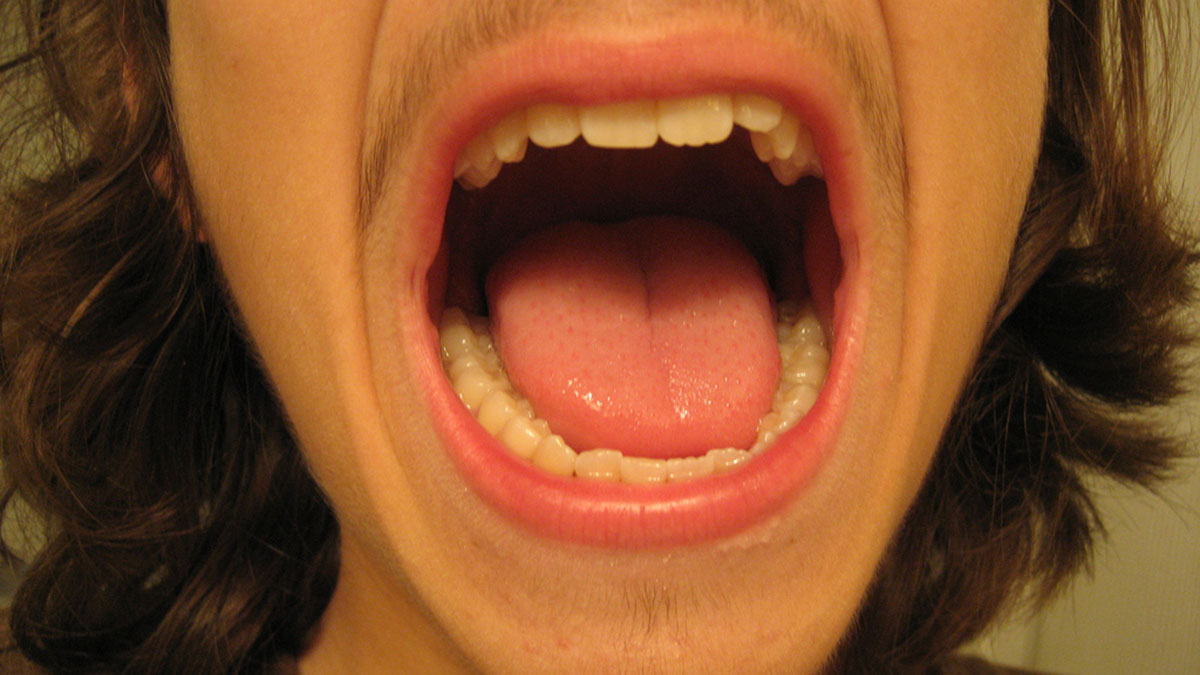Table of Contents
Fungal Infection
A certain kind of fungal infection called candidiasis can also be responsible for the development of white patches inside the mouth. The fungus in question is present in a large majority of individuals without causing any harm whatsoever. When it does find conditions that are suited to it, though, it starts to populate quickly and can take over large parts of the mouth.
Such an infection is called an opportunistic infection. A reduced immunity level as seen in illness and immunosuppressive diseases like HIV or even old age is perfect for the fungus to grow unchecked. Candidal infections are also seen in some individuals who are on long-term steroid therapy or strong antibiotics.

This infection is also commonly known as oral thrush and is quite easily treatable. Its presence, however, should alert the doctor to the possible presence of a deeper underlying systemic disease.
The kind of white patches that appear in candidiasis are also different from those in other conditions since they are easily scrapeable. A soft wet cloth can be used to remove most of the white patches which are almost curd-like in their appearance and texture.
Lichen Planus
Lichen planus is a disease that has many different clinical presentations and can have lesions all over the body. In some cases, these lesions are present only in the mouth and nowhere else. Such a conditions is also called oral lichen planus.
The defining clinical characteristic is the formation of whitish striations that seem to radiate outwards from a central point, almost like spokes of a wheel.
A weak link has been established between lichen planus and the further development of oral cancer. Lichen Planus is an autoimmune condition so there are no real causative factors to be discussed here and nor is it completely treatable. It can only be managed.
The use of topical and systemic steroids is a good option to help manage the symptoms which may include a burning sensation, ulceration, peeling away of the oral mucosa and pain.
READ What Causes Dry Mouth, And What To Do About It
Management Of White Lesions Of The Oral Cavity
Each of these common conditions has their own particular causative factors which need to be treated first. Once the offending habit, tooth, or prosthesis has been taken care of, the clinical symptoms need to be evaluated.
The doctor will most likely ask for a biopsy to confirm the clinical diagnosis since the symptoms and appearance can be very similar to each other. The process of taking a biopsy is not very difficult and is done under local anesthesia. It involves taking a small piece of affected tissue with a small margin of normal tissue.
The treatment offered is a combination of topical ointments and systemic drugs and includes the use of antioxidants, vitamin supplements, placental extracts, pain reducing ointments and steroids. A lifestyle change to cut out smoking, alcohol and even spicy food is recommended.
Long-term periodic observation to ensure no further changes are taking place forms an integral part of the treatment plan.
- www.dentalhealth.org/tell-me-about/topic/mouth-conditions/lichen-planus
- www.umanitoba.ca/healthsciences/dentistry/media/HCP_Differential_Diagnosis_-_White_Lesions.pdf
- www.webmd.com/oral-health/guide/dental-health-leukoplakia
- Photo courtesy of gagilas: www.flickr.com/photos/gagilas/6773637193/
- Photo courtesy of marcusq: www.flickr.com/photos/marcusq/1781548133/
- Photo courtesy of marcusq: www.flickr.com/photos/marcusq/1781548133/


Your thoughts on this